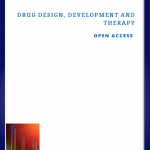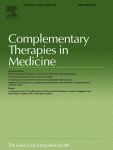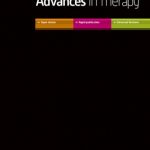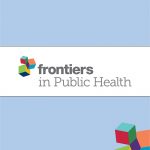Sascha Meyer, Ludwig Gortner, Alexander Larsen, Georg Kutschke, Sven Gottschling, Stefan Gräber, Nicole Schroeder
Complementary and alternative medicine in paediatrics: a systematic overview/synthesis of Cochrane Collaboration reviews
Swiss Med Weekly, 2013, 143, w13794
BACKGROUND: A high prevalence of complementary and alternative medicine (CAM) use has been documented in children with chronic illnesses. Conversely, evidence- based medicine is considered an important contributor in providing the best quality of care.METHODS: We performed a systematic overview/syn- thesis of all Cochrane reviews published between 1995 and 2012 in paediatrics that assessed the efficacy, and clinical implications and limitations of CAM use in children. Main outcome variables were: percentage of reviews that con- cluded that a certain intervention provides a benefit, per- centage of reviews that concluded that a certain interven- tion should not be performed, and percentage of studies that concluded that the current level of evidence is incon- clusive.RESULTS: A total of 135 reviews were included – most from the United Kingdom (29/135), Australia (24/135) and China (24/135). Only 5/135 (3.7%) reviews gave a re- commendation in favour of a certain intervention; 26/135 (19.4%) issued a conditional positive recommendation, and 9/135 (6.6%) reviews concluded that certain interventions should not be performed. Ninety-five reviews (70.3%) were inconclusive. The proportion of inconclusive reviews increased during three, a priori-defined, time intervals (1995–2000: 15/27 [55.6%]; 2001–2006: 33/44 [75%]; and 2007–2012: 47/64 [73.4%]). The three most common cri- ticisms of the quality of the studies included were: more research needed (82/135), low methodological quality (57/ 135) and small number of study participants (48/135). CONCLUSIONS: Given the disproportionate number of inconclusive reviews, there is an ongoing need for high quality research to assess the potential role of CAM in chil- dren. Unless the study of CAM is performed to the same science-based standards as conventional therapies, CAM therapies risk being perpetually marginalised by main- stream medicine.







